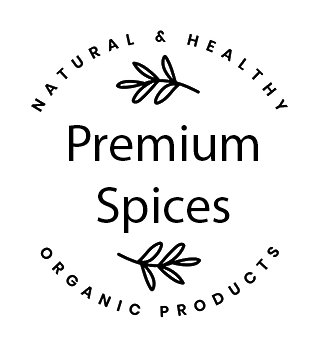Demystifying the Myth: The Affordability of Organic Food
Organic food has long been associated with a multitude of benefits, ranging from environmental sustainability to health-conscious consumption. However, a pervasive misconception persists—that choosing organic necessitates deep pockets. In this exploration, we will unravel the myth surrounding the perceived high cost of organic food, delving into the factors influencing pricing, the true value of organics, and practical strategies for making organic choices without breaking the bank.
Understanding the Organic Premium
The notion that organic food is inherently expensive is rooted in a few key factors that contribute to the perceived premium:
1. Production Costs:
Organic farming methods, which eschew synthetic pesticides and fertilizers, often require more labor-intensive practices. Additionally, organic certification processes and adherence to stringent standards contribute to higher production costs.
2. Limited Scale:
Large-scale conventional farming benefits from economies of scale, allowing for more cost-efficient production. Organic farms, often smaller in scale, may face challenges in achieving the same level of cost-effectiveness.
3. Supply and Demand Dynamics:
As the demand for organic products has surged, the market has responded. However, the supply of organic produce may not always match the demand, leading to higher prices.
The True Value of Organic Food
Before delving into strategies for cost-effective organic shopping, it's crucial to recognize the intrinsic value that organic food brings to the table:
1. Nutrient Density:
Organic crops are cultivated in nutrient-rich soil without synthetic enhancements. Research suggests that organic fruits and vegetables may contain higher levels of certain nutrients, emphasizing the nutritional density of organic produce.
2. Reduced Chemical Exposure:
Organic farming prohibits the use of synthetic pesticides and herbicides, translating to lower chemical residues on produce. Choosing organic can contribute to reduced exposure to potentially harmful chemicals commonly found in conventionally grown foods.
3. Environmental Sustainability:
Organic farming practices prioritise sustainability, emphasizing soil health, biodiversity, and water conservation. By opting for organic, consumers actively support agricultural methods that promote long-term environmental well-being.
4. Enhanced Animal Welfare:
Organic standards extend beyond crops to encompass livestock. Organic animal products often come from animals raised in more humane conditions, with access to the outdoors and organic feed.
Strategies for Affordable Organic Choices
Contrary to the perception of exclusivity, incorporating organic items into your grocery basket can be a financially savvy endeavor with strategic approaches:
1. Prioritize Selective Purchases:
Recognize that not all produce carries the same level of pesticide residue. The Environmental Working Group (EWG) publishes an annual list of the "Dirty Dozen" and "Clean Fifteen." Prioritise buying organic for items on the Dirty Dozen list to maximize your health-conscious choices.
2. Explore Local and Seasonal Options:
Visit local farmers' markets or join a Community Supported Agriculture (CSA) program to access fresh, locally grown organic produce. Seasonal foods are often more abundant and affordable.
3. Embrace Frozen Organic Produce:
Frozen organic fruits and vegetables can be a cost-effective alternative, offering convenience and a longer shelf life. They retain their nutritional value and are often more accessible throughout the year.
4. Join Buying Clubs or Cooperatives:
Consider joining a local organic buying club or cooperative. These collective efforts can lead to bulk purchasing discounts, making organic items more affordable.
5. Opt for Store Brands:
Many grocery store chains now offer their own organic product lines. These store-brand options are often priced more competitively than national organic brands, providing a budget-friendly choice without compromising quality.
6. Plan and Batch-Cook:
Reduce food waste and save money by planning meals in advance and batch-cooking. This approach allows you to make the most of bulk organic purchases and minimizes the need for last-minute, potentially more expensive, choices.
7. DIY Organic Gardening:
For those with green thumbs, cultivating your organic produce at home can be a rewarding and cost-effective option. Container gardening or dedicating a small plot can yield a variety of organic vegetables and herbs.
Dispelling the Myth: Organic on a Budget
It is a common misconception that embracing an organic lifestyle comes at an exorbitant cost. By understanding the factors that contribute to pricing, appreciating the intrinsic value of organic choices, and adopting savvy shopping strategies, one can easily navigate the realm of organic foods without straining their budget.
Conclusion: A Holistic Investment in Health and Sustainability
In the quest for affordable organic choices, consumers are not merely purchasing groceries—they are investing in their health, supporting sustainable agriculture, and contributing to a broader movement toward conscious consumption. By making informed decisions, prioritizing purchases, and exploring budget-friendly alternatives, the perceived premium of organic food becomes an accessible and worthwhile investment in a healthier, more sustainable future.

